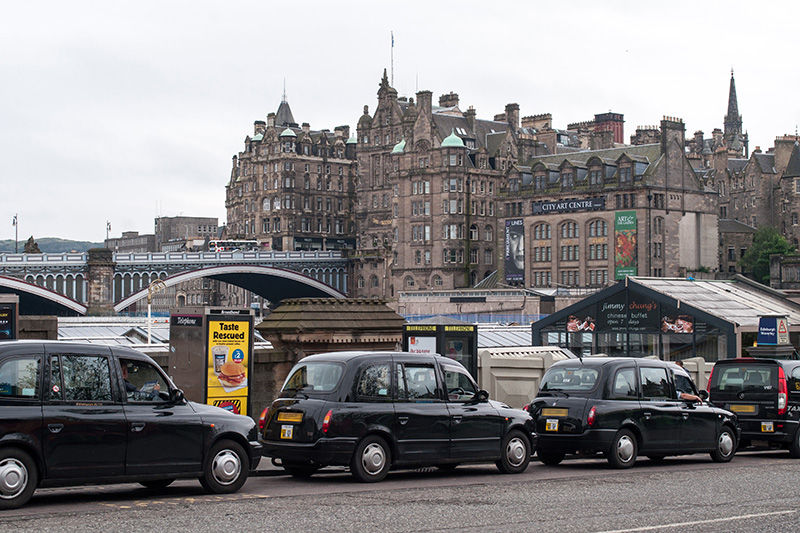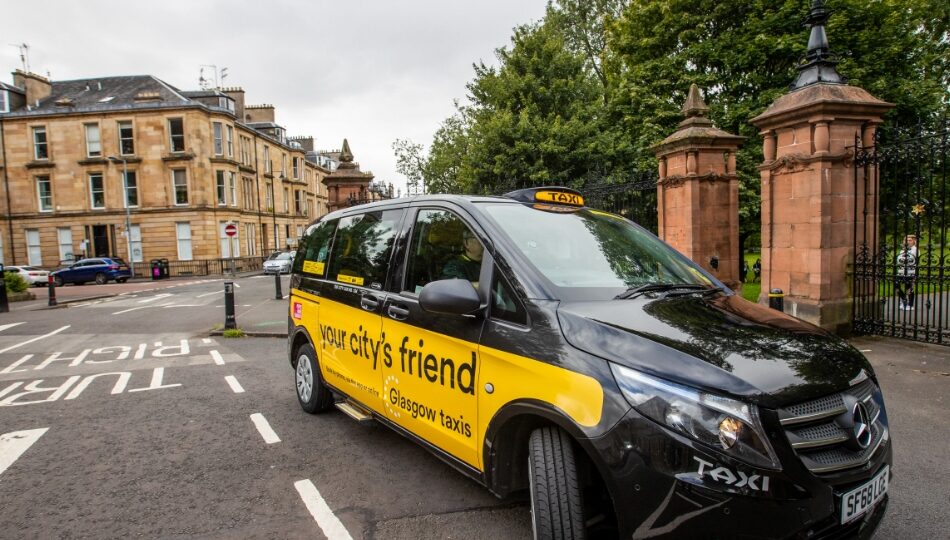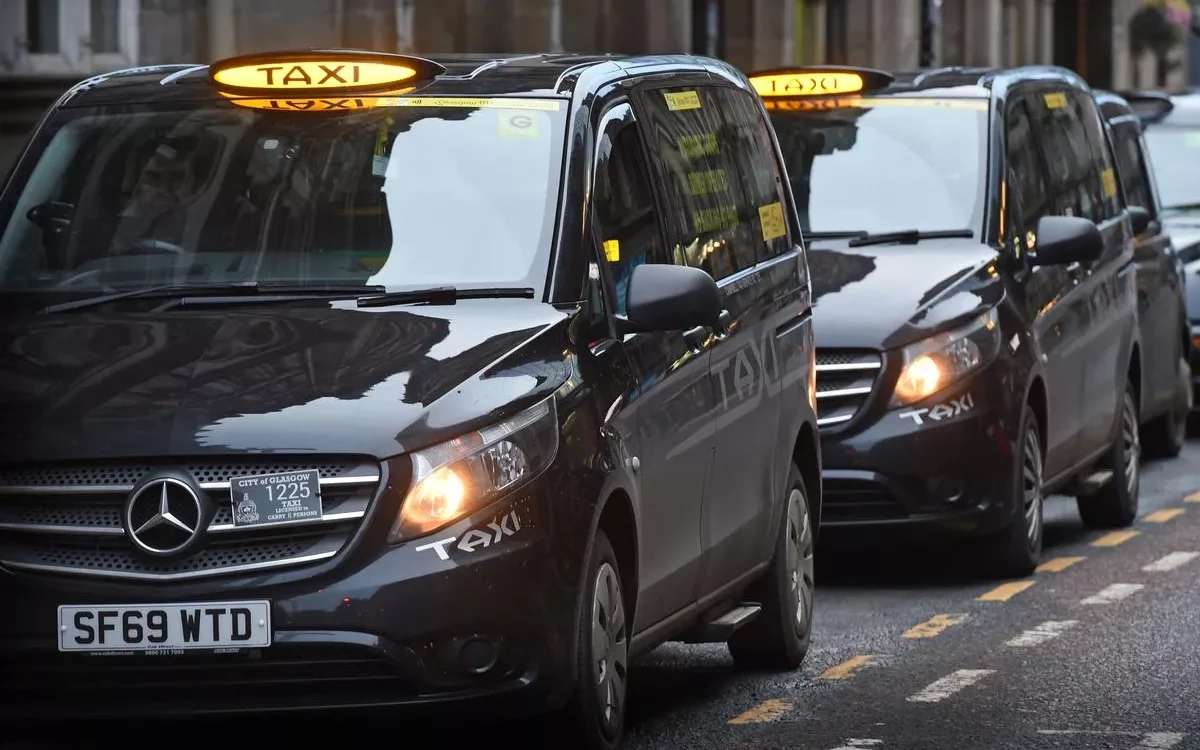Scottish taxis hit the environment hard: NOx emissions 84% higher than cars
A new study has found that Scottish taxis emit significantly more nitrogen oxides (NOx) than passenger cars, at 84%. The worrying finding highlights the environmental problems associated with urban transport and calls into question the sustainability of existing pollution control standards. As taxis continue to play a vital role in public transport, their impact on air quality is becoming an increasingly pressing topic of discussion among environmentalists and urban planners.
TRUE study: Scottish taxis and rental cars emit significantly more emissions than cars
Taxis, which are used extensively in cities, are significant sources of polluting emissions, according to a three-year study covering 1.4 million vehicle emissions measurements in Scotland by The Real Urban Emissions (TRUE). The report, Real Vehicle Emissions in Four Major Scottish Cities: A Comprehensive Analysis of Remote Sensing Data 2021–2023, collected and analyzed real emissions data from Glasgow, Edinburgh, Dundee and Aberdeen.
The study found that diesel taxis and private hire cars emit significantly more nitrogen oxide (NOx) than passenger cars, due to their emission control systems wearing out faster due to high levels of use. Taxis registered between 2009 and 2016 produced 84% more NOx emissions than passenger cars of the same age. In the cities of Dundee and Edinburgh, average emissions from taxis and private hire cars increased despite fleets being updated with new models, confirming this trend. In addition, some older diesel taxis fitted with DPFs showed levels of particulate matter (PM) emissions that suggested the filters had either been removed entirely or were in a critically poor condition.
New diesel and petrol models from Scotland’s passenger cars show significant improvements in real-world nitrogen oxide (NOx) emissions, driven by the introduction of stricter exhaust emissions standards across Europe. For example, the latest Euro 6d models emit 95% less NOx than Euro 3. Three-year tests have shown a 7% annual reduction in NOx emissions from private passenger cars, driven by the natural replacement of older cars with newer ones. However, some of the latest models (Euro 6d-TEMP and Euro 6d) still exceed road-going emissions (RDE) limits, with the worst offenders emitting more than twice the legal limit.

The report notes that Euro V trucks, which are among the oldest in the fleet, are subject to significant emissions increases over time. These vehicles are often found to have faulty or modified emission control systems, highlighting the need to identify these trucks and remove them from service. The document makes a number of recommendations based on the research, including:
- Introduce mandatory NOx emissions testing as part of annual national vehicle inspections to enable early detection of major polluters.
- Local authorities impose mileage or age restrictions on taxis and rental cars.
- Taking measures to accelerate the renewal of the vehicle fleet and the transition to zero-emission transport.
Scotland rethinks transport habits as new data highlights need for greener alternatives
Derek McCreadie, Senior Air Quality Adviser at Transport Scotland, said: “Remote sensing technology provides accurate data on the actual emissions of diesel and petrol vehicles in urban environments. It helps to identify deviations from the standard standards and limits set for different vehicle types. The introduction of low emission zones in four major cities allows us to better assess the real levels of emissions and create effective strategies to improve air quality and the health of people in Scotland.”
Sheila Watson, deputy director of the FIA Foundation and co-founder of the TRUE Initiative, expressed surprise: “It is striking that the most heavily used vehicles in Scottish cities are also the biggest polluters. Even with fleet renewal in Dundee and Edinburgh, emissions continue to rise. This clearly highlights the need to rethink how we travel in urban areas. Reducing reliance on cars and promoting public transport, walking and cycling are essential to protecting the environment and health.”

“A multi-year analysis of the study’s results gave us a more complete picture of the actual emission levels in the four cities,” said Kailin Li, a researcher at ICCT. “This allowed us to provide evidence-based recommendations that take into account gradual changes in vehicle fleets over several years, rather than relying on data collected at a single point in time.”
The aim of the Remote Air Monitoring Project was to create a database of actual vehicle emissions in Scotland and to develop recommendations for the further development of a remotely sensed air quality monitoring system in low emission zones. Transport Scotland commissioned a consortium comprising TRUE partners the International Council on Clean Transport, Hager Environmental & Atmospheric Technologies (HEAT) and Environmental Resources Management (ERM) to collect and analyze data on actual vehicle emissions from the Scottish vehicle fleet.


